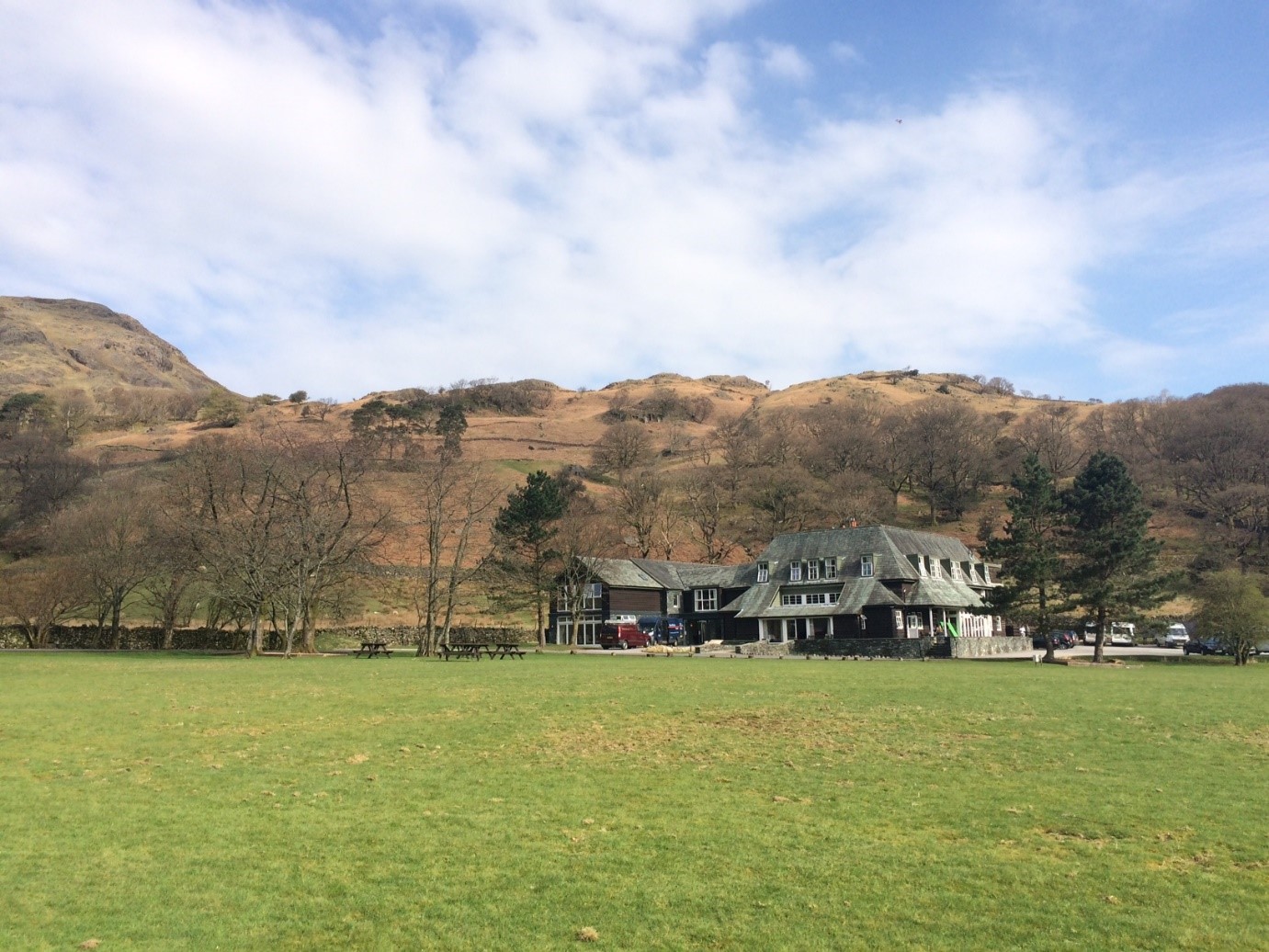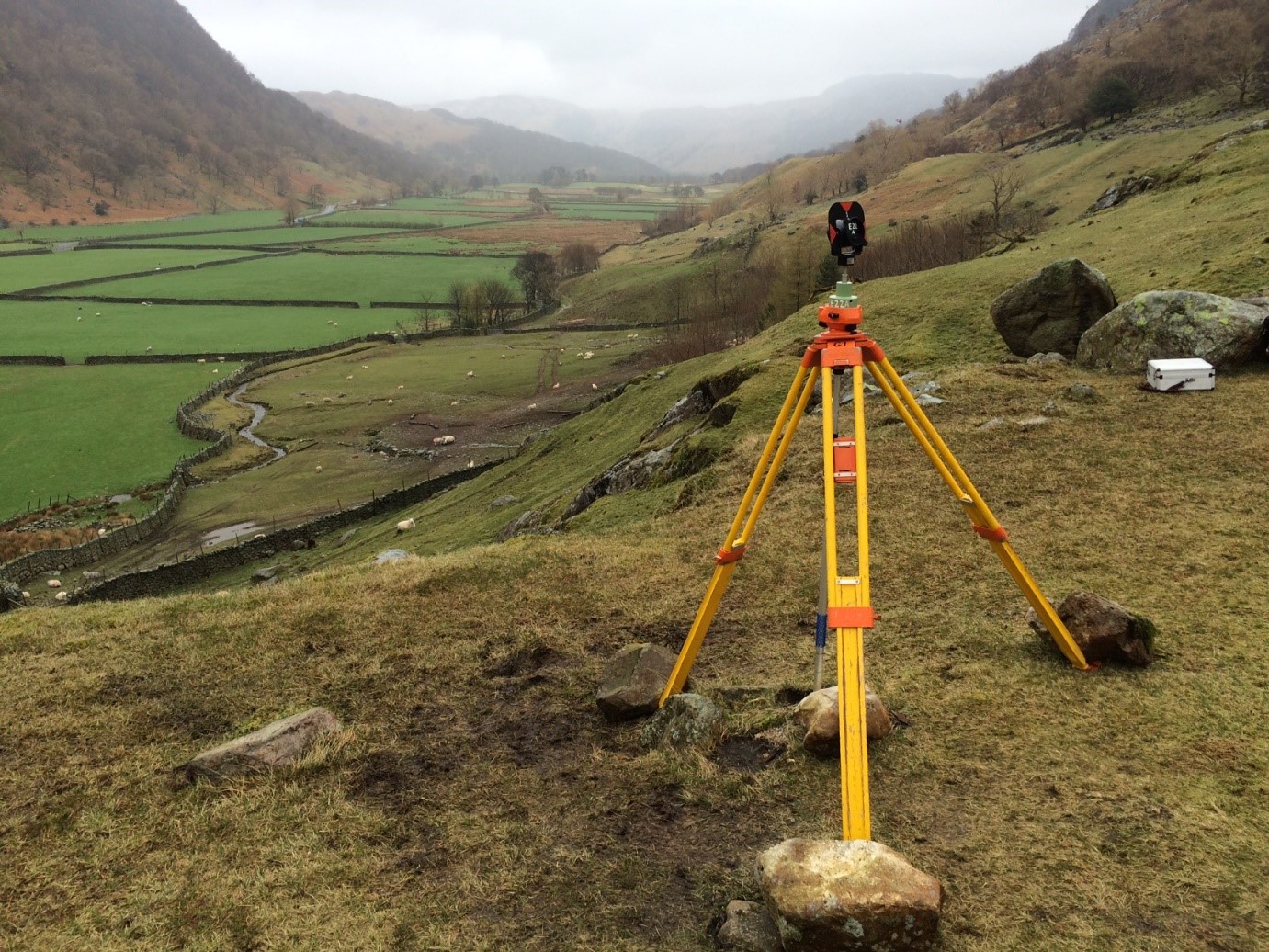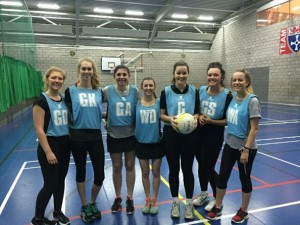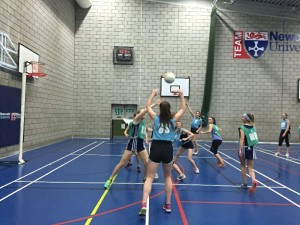Second year MEng Civil Engineering student Lorena reviews the recent ACCESS event that brought students and industrial partners together.
Earlier this month, the University organized ACCESS – Awareness of Careers in Civil Engineering for Second Year Students. The event took two hours and gave us the chance to meet and chat with people from industry who had come to see us.
No one in my family works in engineering and so having the opportunity to talk face-to-face with practising engineers made me clear my mind about the path I want to follow. Asking people about their day at work made me realise that consultancy (design work) fits me better than the contracting (on-site construction) side of the profession.
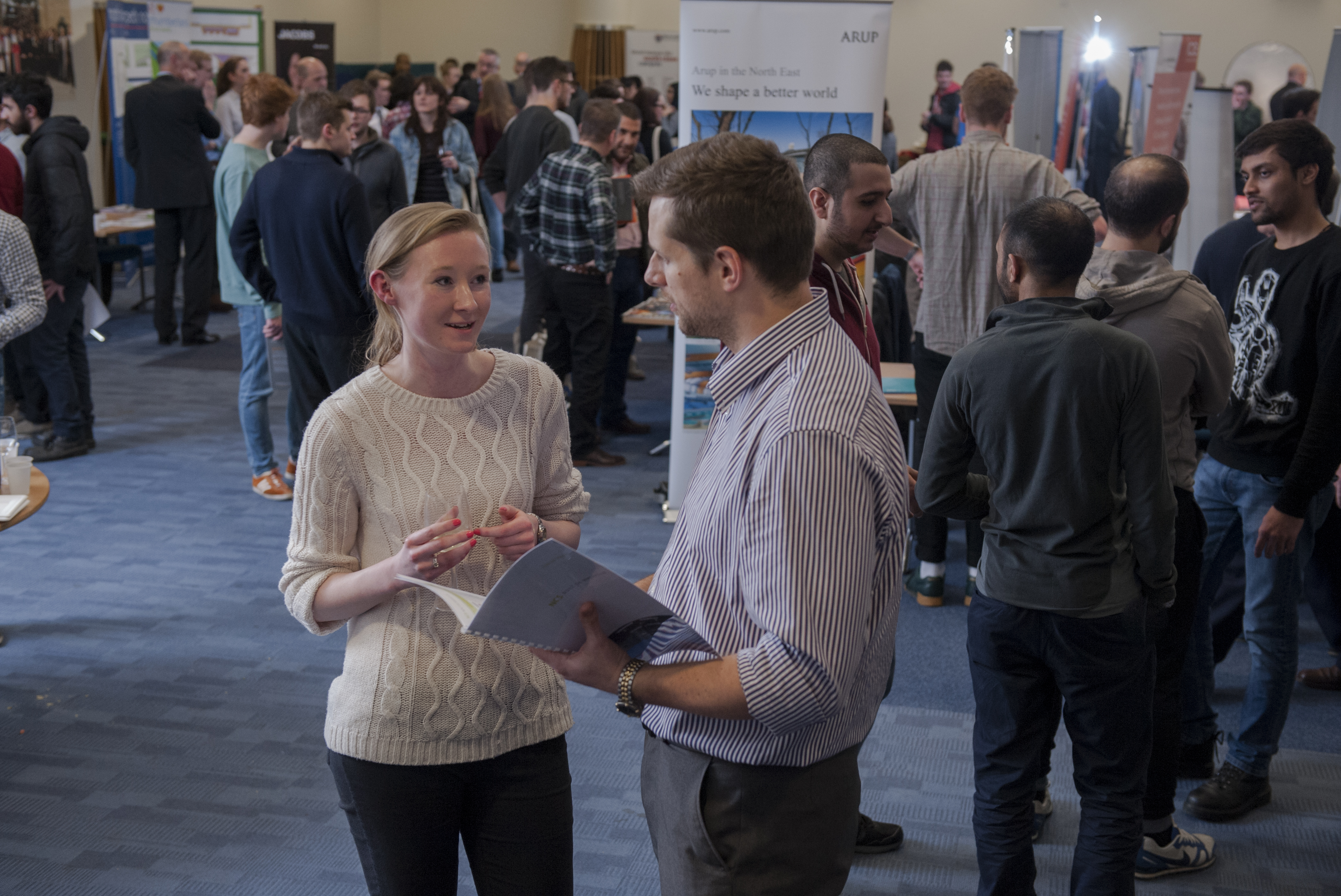
ACCESS is an annual event for second year civil engineering students to meet and chat with the industrial partners that help to deliver the civil engineering degrees.
Moreover, prior to the event, when I thought about jobs big companies like Arup, Atkins, Jacobs would come into my mind. Now, I’m thinking about medium/smaller companies like BT Bell and local authority engineering teams like the one at Northumberland County Council. The projects might be smaller but I discovered that they have great opportunities to grow as an engineer.
The part that I enjoyed the most was that everyone from industry was really friendly and helpful, answering all our questions. Some of them were graduates from Newcastle University, so I took the chance to ask them about the differences between uni and their job and what role did uni play in what they are doing now. Their answers made me quite excited about what my future career might be.
My favorite question to ask was, “what’s the most challenging aspect of your job?” I was surprised by the fact that no one named any technical issue. However, answers like “politics” and “public consultation” made me realise working with people will be one of the hardest parts of my career. I’ve come to see it like this: a maths problem will always have the same answer, no matter what method we use to find it. When it comes to people … they can change what they want and believe in a matter of seconds.
Overall, I was really happy with the way the event was organized. I believe it is a great opportunity and it made me look forward towards a job in engineering. But, for now, it’s back to coursework!
Useful links:

